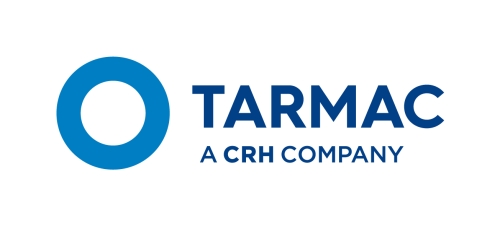Concrete Innovation
Steve Hyde, General Manager, London and South East
The challenges of delivering major projects in urban environments are well known. These range from the eyewatering costs of running city-centre construction sites, to the political pressures that bear down on contractors to minimise disruption to the public.
Fortunately, concrete can help to unlock benefits for clients that embrace material innovations, including shorter project timescales and reduced labour costs.
But risk-aversion among clients and a lack of awareness of what could be achieved remain stumbling blocks that threaten to derail the upward trajectory in materials innovation. Such hesitancy is compounded by the long-term nature of major projects. The burden of proof therefore falls upon us to demonstrate robust development processes and clear business cases for using technology that is more advanced, but which has a higher capital cost.
Project savings
Perhaps most importantly, both the client and the contractor must be ready to adopt innovation. For example, Tarmac worked with principal contractor J Reddington to save three months on the build programme for Landmark Pinnacle, a 75-storey residential tower under construction in Canary Wharf.
The challenging programme called for a central slip formed core constructed using concrete with a high compressive strength of 85MPa for the first 22 storeys – something that had never previously been done in the UK.
The material composition required to achieve extremely high-strength concrete was traditionally thought to be incompatible with the time-saving slip forming technique.
Our team pressed on with trials in the lab and on site and arrived at a bespoke mix of sand and silica fume with an admixture selection. The concrete created remains workable despite its high cementitious content, while also providing a setting time suited to slipform construction.
We were able to build on our ‘eureka’ moment by trialling a self-compacting slipform concrete. Currently in development, the mixture has the potential to reduce labour costs by minimising the number of skilled operatives needed on site.
Unlike traditional flowing concretes, it uses superplasticisers and stabilisers to increase its ease of flow, achieving compaction into the formwork through its own weight rather than requiring operatives to continually compact and finish the material.
Self-compacting slipform concrete is still undergoing testing to reveal its applications, but it’s an innovation that we expect will be brought fully to market later this year.
Catch-up time
As well as a growing interest in high compressive strength and self-compacting concretes, we are also seeing an increase in the use of steel-fibre reinforced concretes.
Adding steel fibres into the mixture means concrete can replace conventional steel bars or welded fabric in some applications. Having no need for steel bars dispenses with the need to store them on site, thereby saving space and eliminating a potential security and safety consideration. It also frees up crane availability – a precious resource on small sites.
Similarly, we’ve seen the market in cementitious flowing screed increase markedly over the past couple of years. Compared with traditional anhydrite screeds used to create level floors, cementitious mixes are much faster-drying. Up to four weeks can be saved in drying time, allowing follow-on trades to commence work earlier.
These are just some examples of our industry responding to real-world conditions with innovation, the value of which can only be fully unlocked by bringing the supply chain closer to the design and structural engineers creating specifications.
Concrete and its capabilities are evolving. Now, it’s time for the industry to catch up so that we can deliver critical infrastructure and housing efficiently and cost-effectively.

